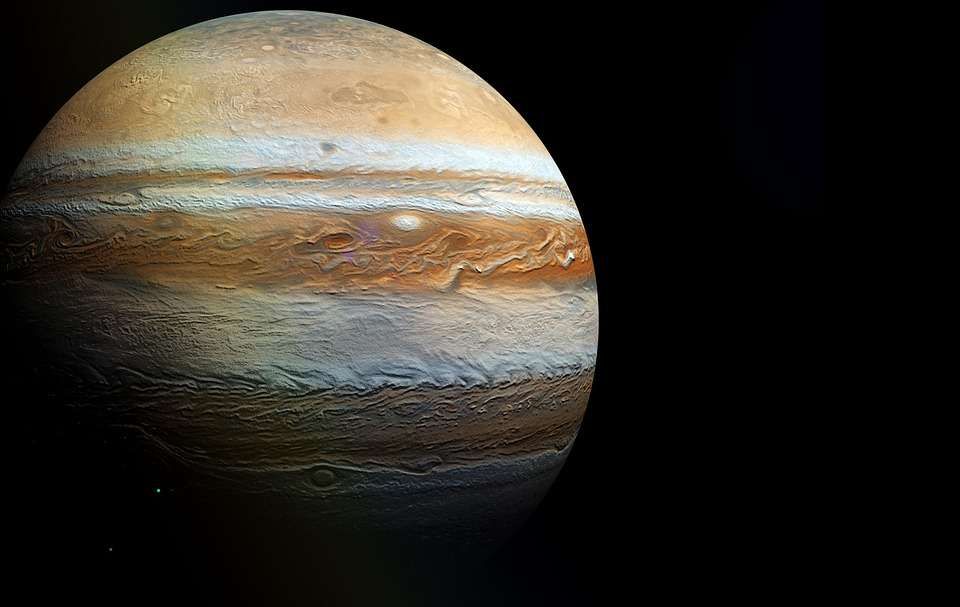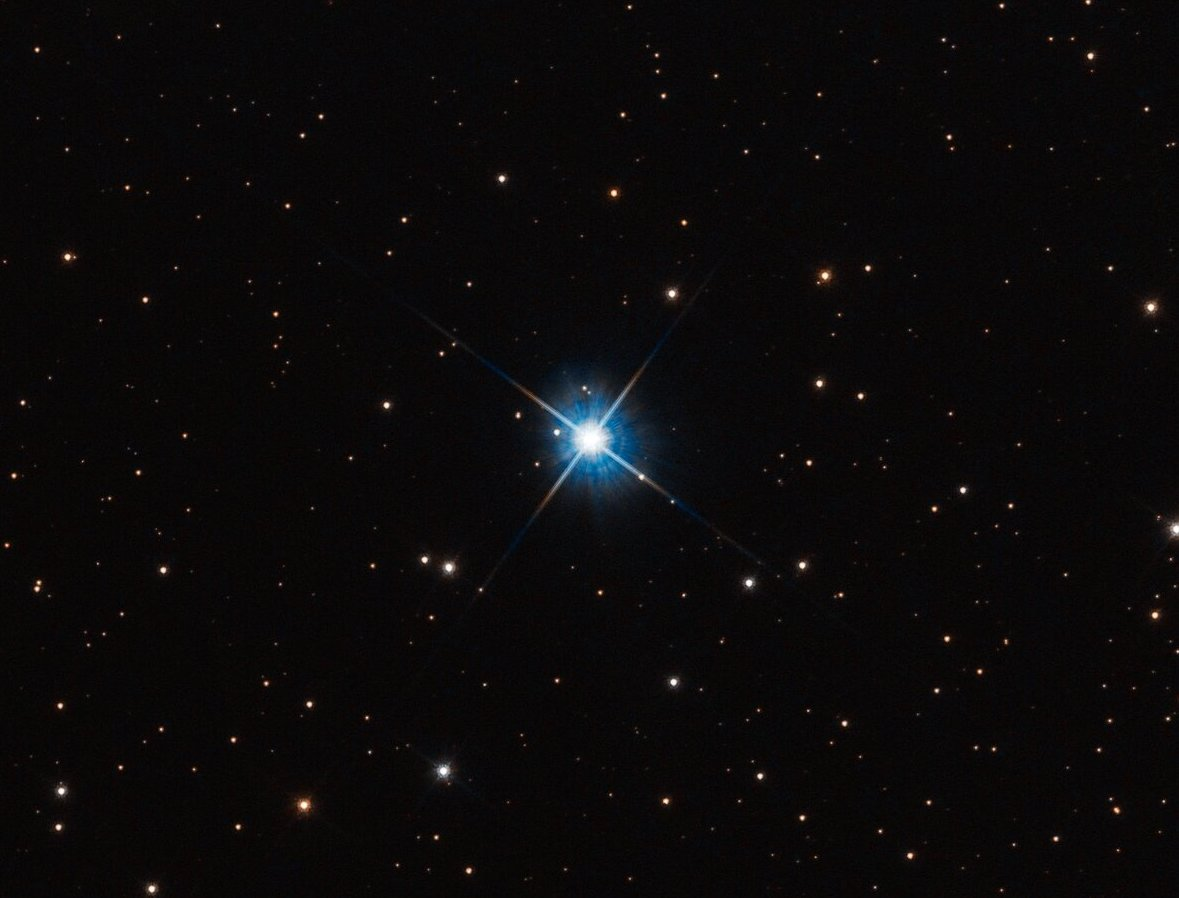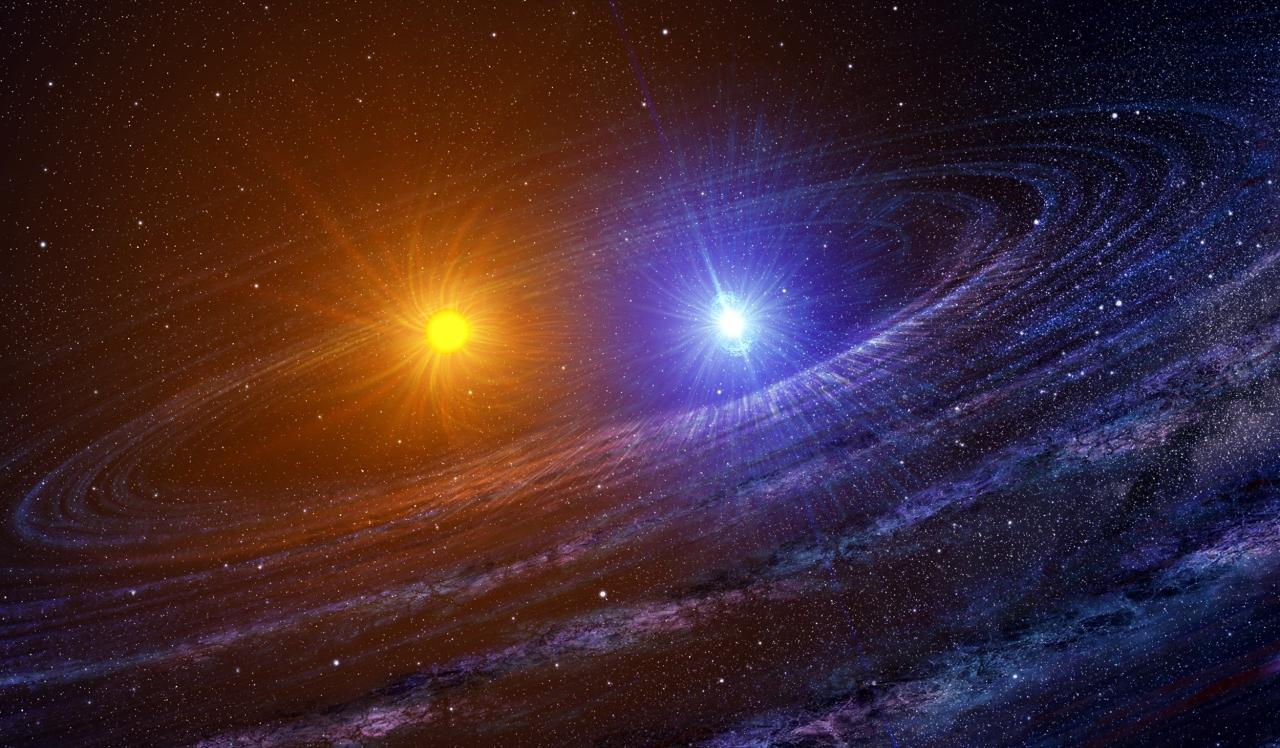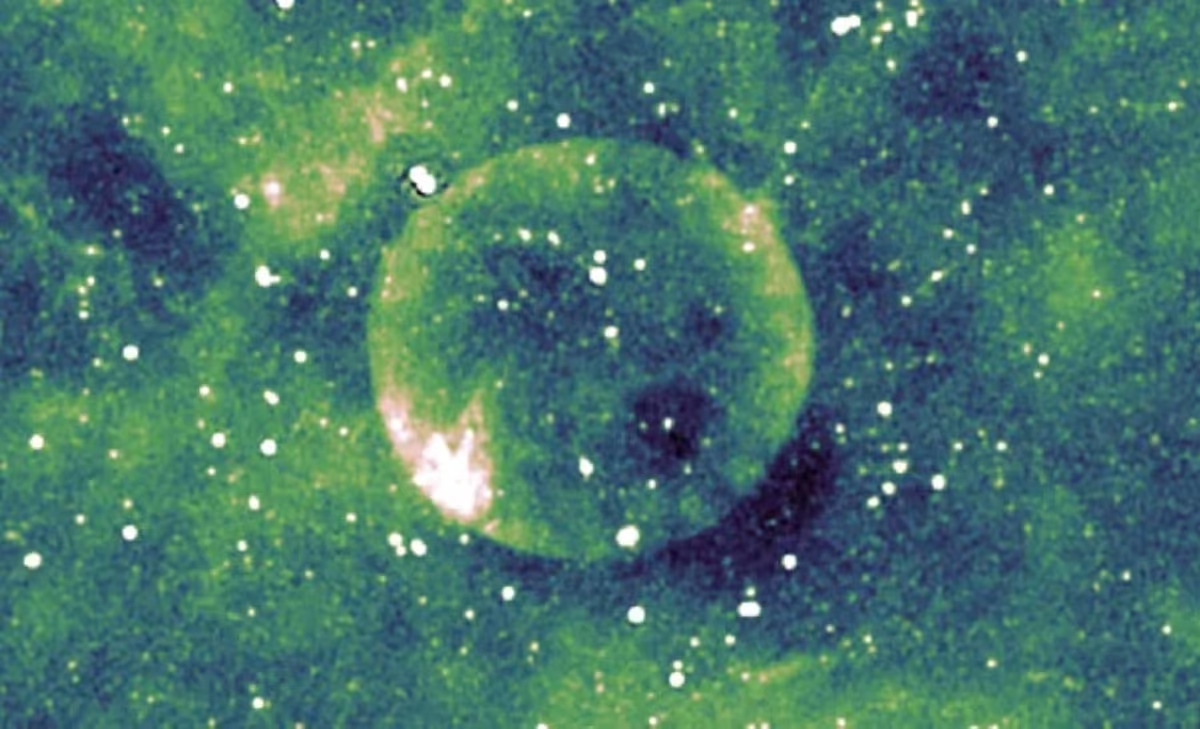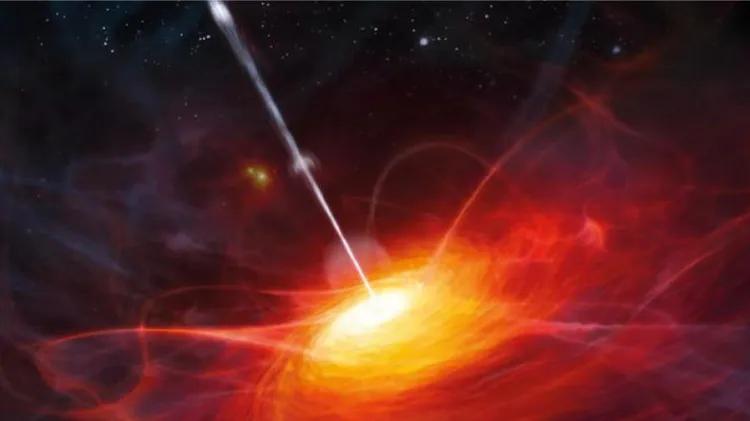innovuscollege – Jupiter, the largest planet in our solar system, is a marvel of cosmic wonder. Known for its striking features and powerful presence, this gas giant has captured the imagination of astronomers and enthusiasts alike. Here are some fascinating facts about Jupiter that highlight its uniqueness and importance in our celestial neighborhood.
1. The Colossal Size
Jupiter is a true giant among planets. With a diameter of approximately 86,881 miles (139,822 kilometers), it is more than 11 times wider than Earth. In fact, if all the other planets in our solar system were combined, they would still fit comfortably within Jupiter’s massive volume.
2. A Gas Giant
Unlike terrestrial planets like Earth and Mars, Jupiter is classified as a gas giant. Its composition primarily consists of hydrogen and helium, with traces of other gases. This gaseous makeup means that Jupiter does not have a solid surface; instead, it features a thick atmosphere with swirling clouds and storms.
3. The Great Red Spot
One of Jupiter’s most iconic features is the Great Red Spot, a colossal storm that has been raging for at least 350 years. This anticyclonic storm is about 1.3 times the diameter of Earth, showcasing the planet’s extreme weather patterns. The vibrant red color of the spot is still a subject of scientific study and debate.
4. Rapid Rotation
Jupiter boasts the shortest day of all the planets, completing a rotation on its axis in just about 10 hours. This rapid rotation not only contributes to its unique shape—a noticeable bulge around the equator—but also affects its atmospheric dynamics, creating strong winds and complex weather systems.
5. Strong Magnetic Field
Jupiter has the most powerful magnetic field of any planet in the solar system, about 14 times stronger than Earth’s. This magnetic field creates a vast magnetosphere that traps charged particles, resulting in spectacular auroras near the planet’s poles, which can be observed in stunning colors.
6. A Moon System Like No Other
Jupiter has 79 known moons, making it the planet with the most extensive moon system. The four largest moons—Io, Europa, Ganymede, and Callisto—are known as the Galilean moons, named after the astronomer Galileo Galilei, who discovered them in 1610. Ganymede, the largest of these moons, is even bigger than the planet Mercury!
7. Faint Ring System
Though not as famous as Saturn’s rings, Jupiter does have a faint ring system made primarily of dust particles. Discovered by the Voyager 1 spacecraft in 1979, these rings are much less prominent and are a fascinating aspect of the planet’s complex environment.
8. Potential for Life on Europa
Among Jupiter’s moons, Europa has garnered significant interest from scientists due to its potential to harbor life. Beneath its icy surface lies a subsurface ocean, making it a prime candidate for future exploration and the search for extraterrestrial life.
9. Extreme Temperatures
Jupiter’s atmosphere exhibits extreme temperature variations. The upper atmosphere can reach temperatures as low as -234 degrees Fahrenheit (-145 degrees Celsius), while deeper layers can soar to thousands of degrees due to immense pressure. These conditions create a complex thermal structure that influences the planet’s weather patterns.
10. A Long History of Observation
Jupiter has been known since ancient times and was one of the first planets to be observed through a telescope. Galileo’s discoveries in the early 17th century revolutionized our understanding of the cosmos and laid the groundwork for modern astronomy.
Conclusion
Jupiter stands out not only for its size and striking features but also for the myriad mysteries it presents. From its turbulent atmosphere to its diverse moons, each aspect of this gas giant contributes to our understanding of the solar system and the fundamental processes that govern planetary formation and evolution. As space exploration continues to advance, Jupiter remains a key target for future missions, promising to unveil even more secrets of the universe.

